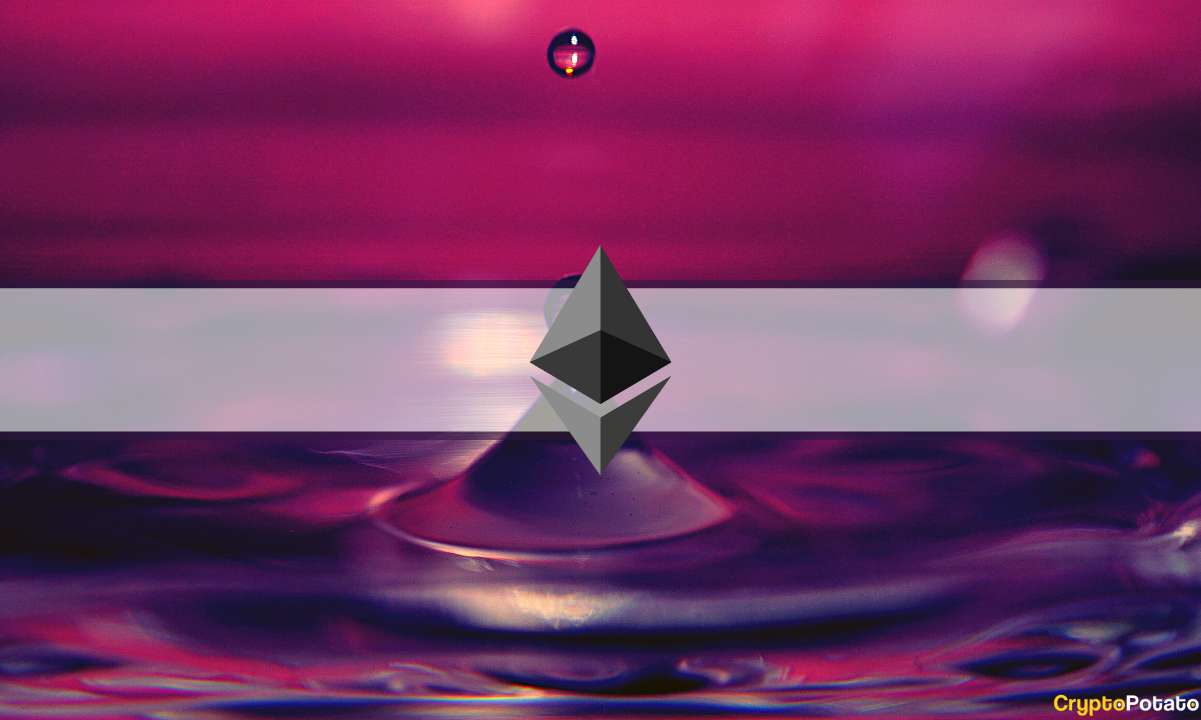Understanding the VIX: The Market’s Barometer of Fear and Opportunity
The VIX was created by the Chicago Board Options Exchange (CBOE) in 1993 and represents an expectation of volatility in the market that is derived from the prices of S&P 500 index options.
The Volatility Index or VIX, also widely known as the fear index, can be a reliable asset for stock traders, as it helps to assess the unpredictable ups and downs of the market. The VIX measures the market’s expected price movements over the next 30 days and is determined by the implied volatility of S&P 500 index options. Crucially, the VIX itself cannot predict whether stocks will go up or down, rather, it reflects the level of volatility that investors anticipate. A high VIX of over 30 or 40, for example, signifies fear and uncertainty in the market.
This was clearly demonstrated during the 2008 market crash and the March 2020 COVID-19 drop, when it soared above 80. A low VIX of between 10 and 20 usually indicates calmness and confidence among investors and is common in stable bull markets. Consequently, the VIX is a useful analytical tool for traders.
Details on How to Apply VIX Directly in Trading
When the VIX spikes, it is generally a sign of panic and an oversold market. Incidentally, this also indicates a potential opportunity to buy for the contrarian investor. For example, during the 2020 crash, the VIX spike was followed by a market rally. As such, those who bought the right stocks at the peak of the VIX spike were handsomely rewarded. Conversely, extreme readings of below 15 could signify that the markets are overbought, thereby indicating an imminent correction. As such, the readings help traders to discern when to enter trades. Beyond that, the VIX is also a very useful tool when it comes to risk management. High volatility usually warrants smaller positions or wider stops, whereas low volatility allows for larger positions.
Timing Swing Trades
Swing traders may also use VIX trends to time entries and exits. A high VIX can be suggestive of short-term price drops, which makes waiting for more favorable conditions a good decision. A decreasing VIX, on the other hand, (for example, falling from 30 to 20 over the course of a week) could indicate that the market is stabilizing and therefore presents an ideal time to purchase shares in companies that are set to recover.
Hedging With VIX Products
One can also use VIX hedging products, such as the iPath S&P 500 VIX Short-Term Futures ETN (VXX), in trading. In some instances, these products can be used as hedges, especially during times of volatility. For example, if one holds some technology stocks and expects a correction, they might buy some VXX to hedge against losses.
\
You May Also Like

Polygon Tops RWA Rankings With $1.1B in Tokenized Assets

BlockchainFX Now Selling For $0.029 As Presale Hits $10m: Here’s Why It’s A Better Investment Than The Meme Coins
